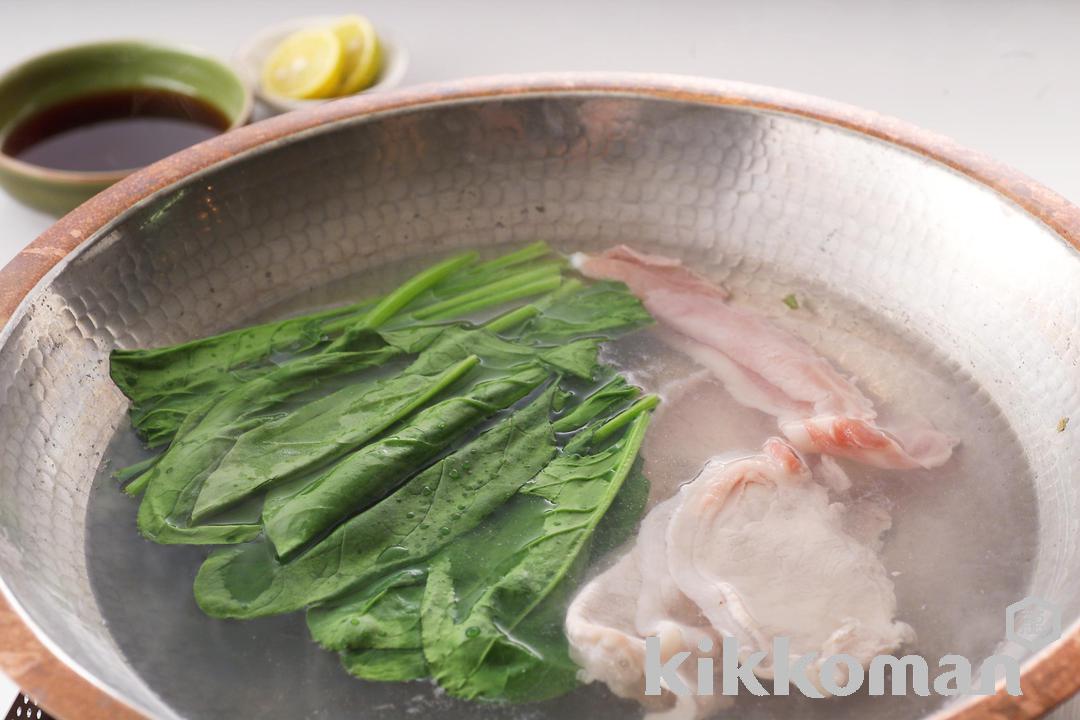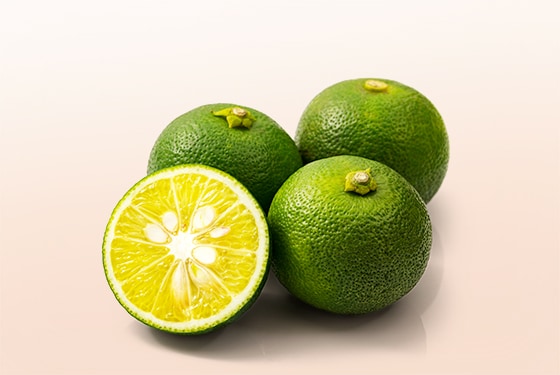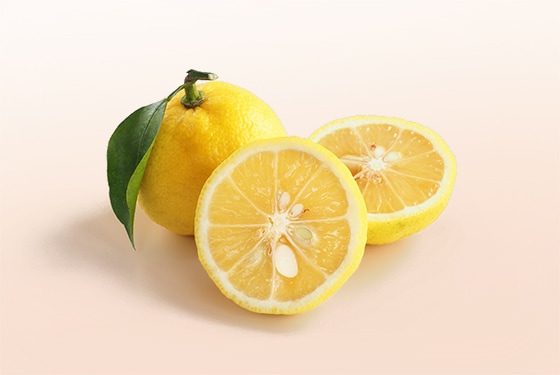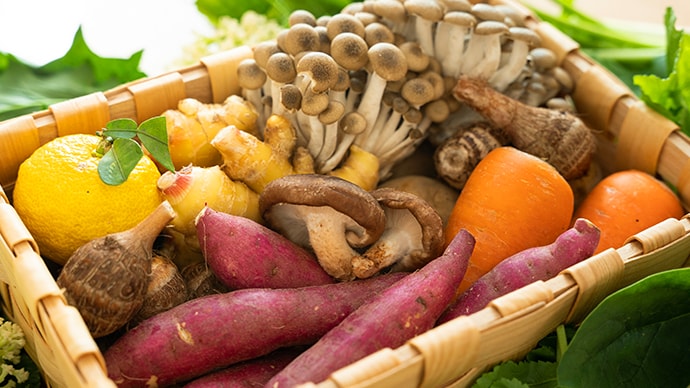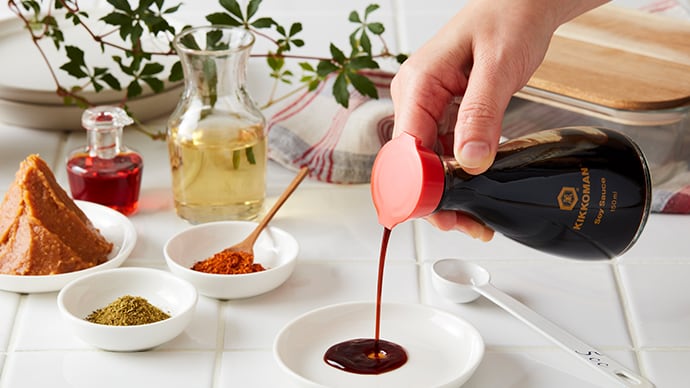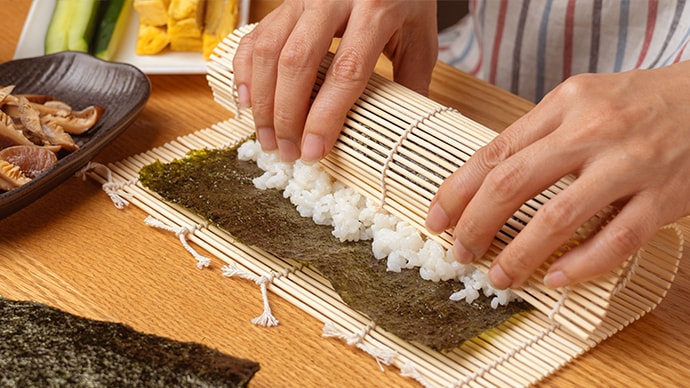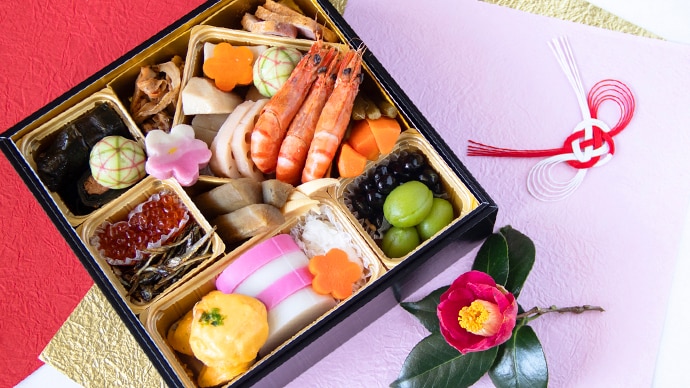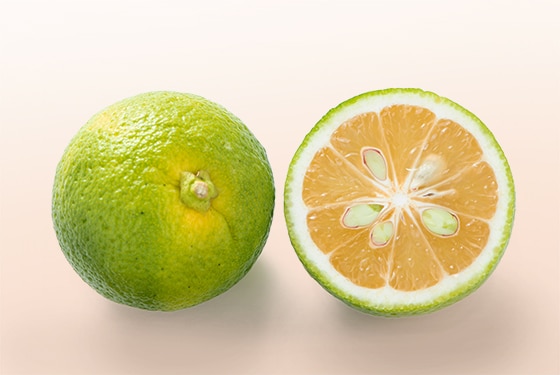
Japanese citrus with a crisp aroma and refreshing sourness
What is kabosu citrus?
Kabosu citrus (かぼす in Japanese) is about the size of a tennis ball, has a green peel, and is mostly grown in Oita, Kyushu. This fruit is known for its unique aroma and refreshing tartness, and the juice and peels are used in cooking. Many dishes replace lemons or vinegar with kabosu citrus. There is also the sudachi citrus, which is of a similar citrus variety to kabosu. The way to distinguish between these two citruses is size, kabosu are larger than sudachi.
Nutrition facts
Kabosu citrus is rich in vitamin C, citric acid, and potassium, which are useful for recovering from fatigue, improving immunity, and regulating blood pressure. It contains about twice as much citric acid as lemons. Kabosu also contains a lot of hesperidin, a flavonoid phytochemical, in its flesh and skin. Hesperidin is a nutrient found in the blue rind and pith of citrus fruits, and is said to increase the flexibility of blood vessels and promote blood flow. It is also expected to be related to bone health and have the effect of suppressing decrease in bone density.
To effectively ingest its nutrients, you can pour kabosu citrus juice directly into your cooking or add it to dressings and seasonings. Sprinkling it on fish or meat dishes aids digestion and promotes the absorption of vitamin C.
Storage to prevent food loss
Put the whole fruit into, or squeeze out the juice into freezer bags, and then place in a freezer to store for long periods of time. Kabosu should keep for about one month.
Trivia
It's said that the name kabosu originates in the Edo period (1603-1868) where these peels were chopped up and used to fumigate for mosquitoes. The word for mosquito in Japanese is "ka", and to fumigate is "ibushi". This was contracted to "kabushi", and then became "kabosu".


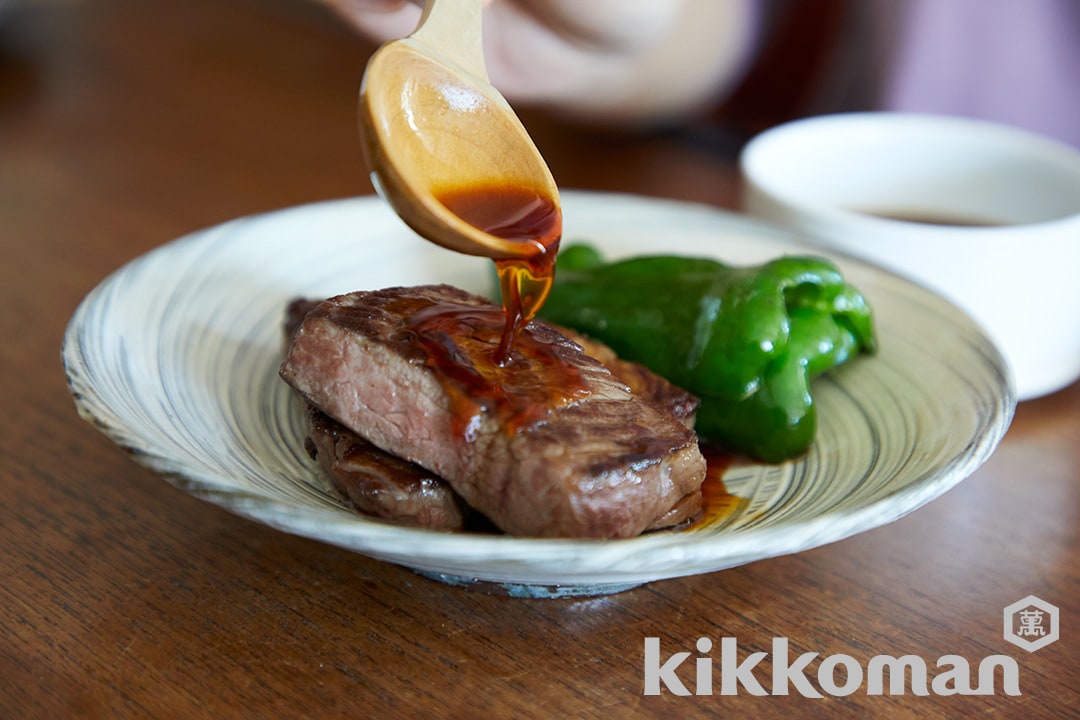
 15min
15min 467kcal
467kcal 1300mg
1300mg